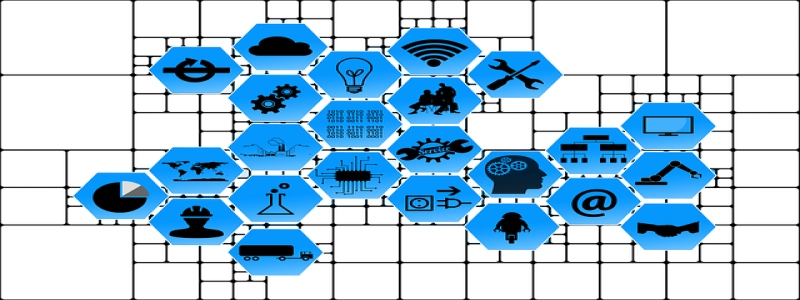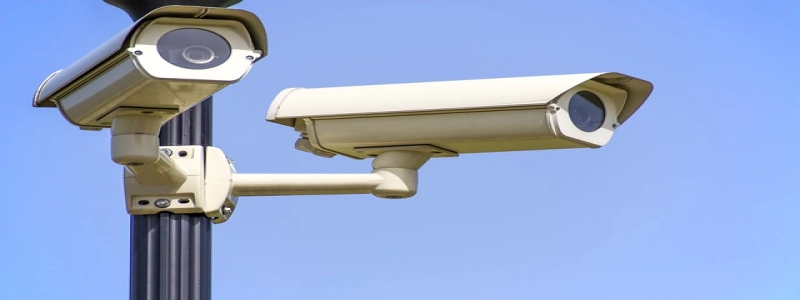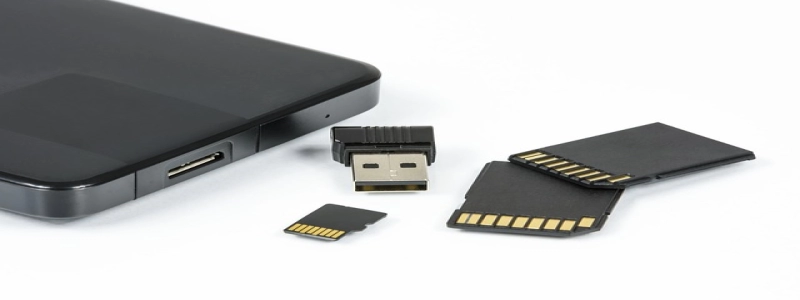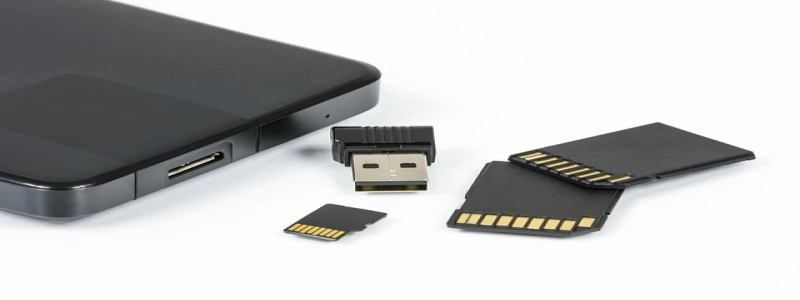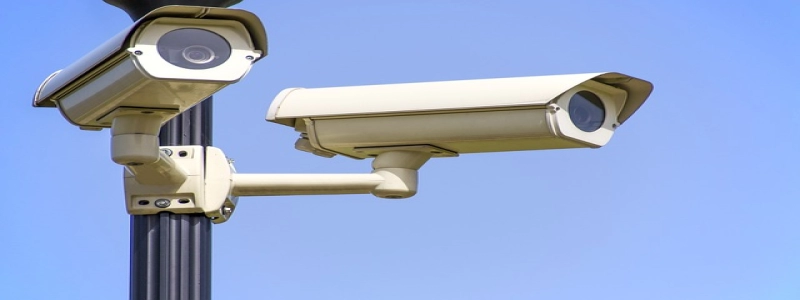Shielded or Unshielded Ethernet Cable for Home
I. Introduction
In today’s digital age, having a reliable and fast internet connection at home is crucial. One component that plays a significant role in achieving this is the Ethernet cable that connects your modem or router to various devices. However, when it comes to choosing the right Ethernet cable for your home, you may come across the terms \”shielded\” and \”unshielded.\” This article aims to help you understand the differences between shielded and unshielded Ethernet cables and determine which one is best suited for your home.
II. Shielded Ethernet Cable
A. Definition and Function
1. Shielded Ethernet cable, also known as STP (Shielded Twisted Pair) cable, is designed with an additional layer of shielding.
2. The shielding is typically made of metal, such as aluminum or copper, and acts as a barrier to electromagnetic interference (EMI) and radio frequency interference (RFI).
3. Shielded cables protect signals from external electromagnetic disturbances, reducing the chances of data loss or signal degradation.
B. Advantages and Disadvantages
1. Advantages of Shielded Ethernet Cable
a. Enhanced Signal Quality: The shielding prevents interference, ensuring a stable and reliable network connection.
b. Protection from External Sources: Shielded cables are ideal for homes located in areas with high EMI or RFI, such as near power lines or in industrial areas.
c. Future-Proofing: As technology evolves, shielded cables are better equipped to handle higher data transmission rates.
2. Disadvantages of Shielded Ethernet Cable
a. Cost: Shielded cables are generally more expensive than unshielded cables due to the additional shielding material.
b. Bulkiness: The extra layer of shielding makes shielded cables bulkier and less flexible, making installation and cable management more challenging.
III. Unshielded Ethernet Cable
A. Definition and Function
1. Unshielded Ethernet cable, also known as UTP (Unshielded Twisted Pair) cable, does not have an extra layer of shielding.
2. UTP cables rely on the twisted pair design to reduce interference.
3. These cables are commonly found in residential areas with lower levels of EMI and RFI.
B. Advantages and Disadvantages
1. Advantages of Unshielded Ethernet Cable
a. Cost-Effective: UTP cables are generally more affordable than shielded cables.
b. Flexibility: The absence of shielding makes UTP cables more flexible, allowing for easier installation and cable management.
c. Suitable for Residential Use: In residential areas with minimal interference, UTP cables can provide reliable performance.
2. Disadvantages of Unshielded Ethernet Cable
a. Vulnerability to Interference: UTP cables are more susceptible to EMI and RFI, which may result in signal degradation or data loss.
b. Limited Future Compatibility: As technology advances, UTP cables may struggle to support higher data transmission rates.
IV. Conclusion
The decision between shielded and unshielded Ethernet cables for home use depends on several factors. If you live in an area with high levels of EMI or RFI or anticipate future technology advancements, a shielded Ethernet cable may be the better choice despite its higher cost and reduced flexibility. However, in residential areas with minimal interference and where cost-effectiveness is a priority, an unshielded Ethernet cable can provide satisfactory performance. Ultimately, consider your location, budget, and future requirements when selecting the most suitable Ethernet cable for your home.

